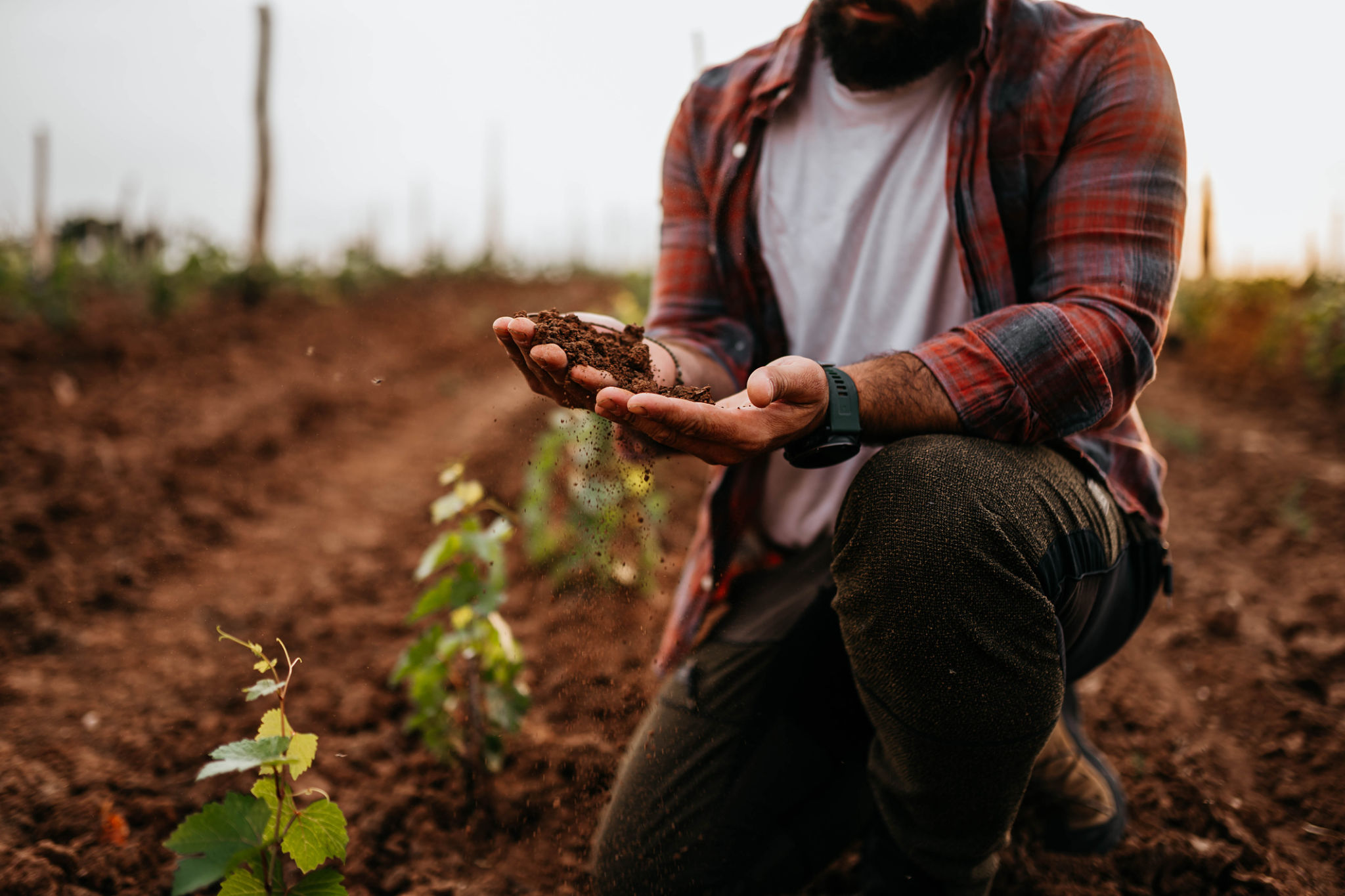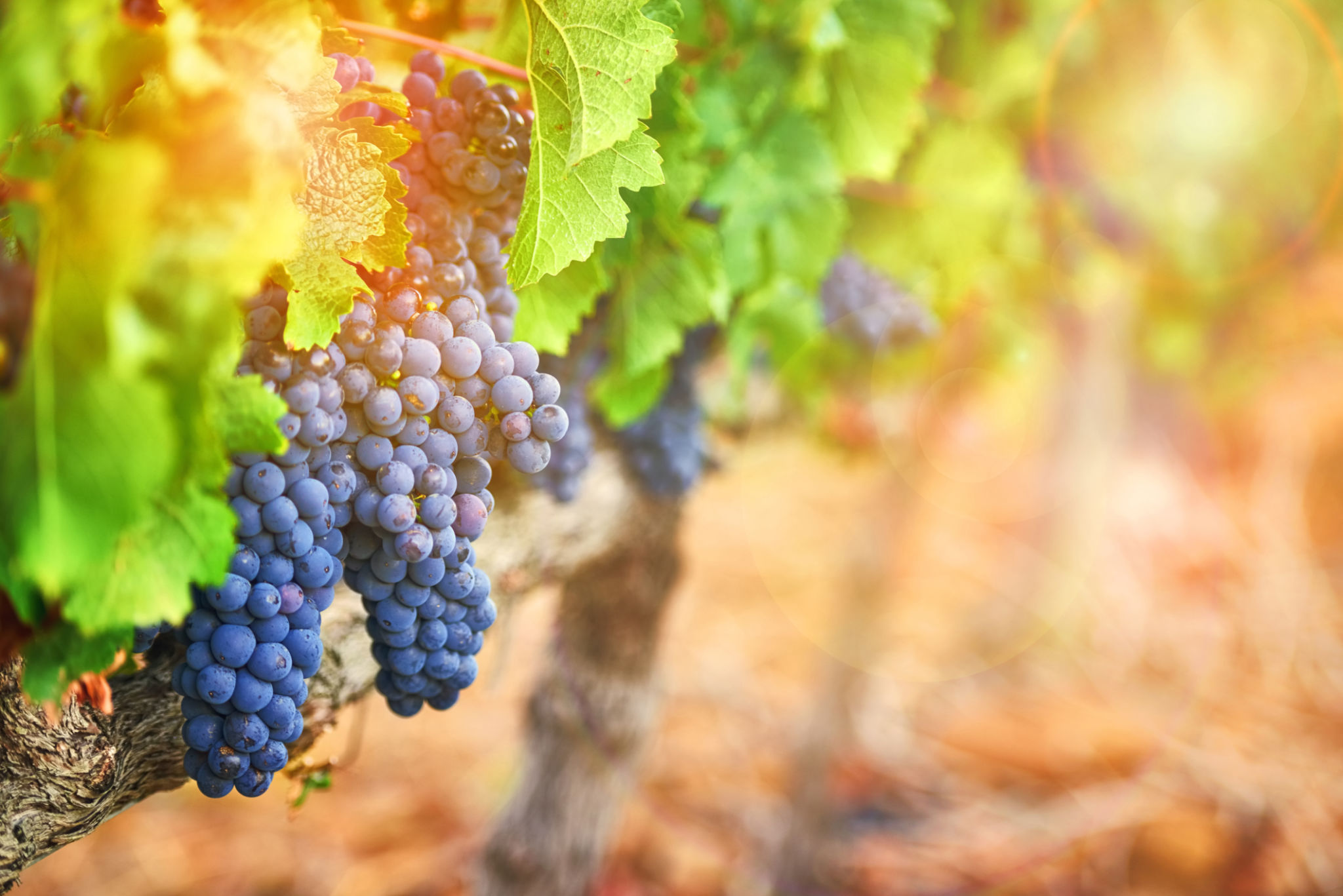A Beginner's Guide to Understanding Wine Terroir
What is Terroir?
For wine enthusiasts, the term "terroir" is more than just a buzzword. It represents a complex concept that encompasses the environmental factors affecting a vineyard, which in turn influence the characteristics of the wine. Terroir includes elements such as soil composition, climate, topography, and even the local flora and fauna.
Understanding terroir is crucial for anyone looking to appreciate the nuances that make each wine unique. By delving into its components, you can begin to grasp how these factors interact to produce distinct flavors and aromas in wine.
The Role of Soil
The soil in which grapevines grow plays a pivotal role in shaping the wine's characteristics. Different soils—whether clay, limestone, gravel, or sand—can impart various qualities to the grapes. For instance, clay soils often retain water well, leading to wines with bold flavors, while sandy soils usually produce lighter, more aromatic wines.

Climate and Weather Influences
Climate is another significant component of terroir. The amount of sunlight, rainfall, and temperature variations throughout the growing season can dramatically impact grape development. Regions with a warmer climate often produce wines with higher alcohol content and riper fruit flavors, while cooler climates may result in wines with higher acidity and more subtle fruit notes.
Weather patterns, such as unexpected frosts or heatwaves, can also affect the vintage quality. As a wine lover, understanding how climate shapes the wine can enhance your appreciation of its complexity.
Topography and Elevation
The physical landscape of a vineyard, including its elevation and slope, contributes to terroir. Vineyards located on slopes benefit from better drainage and increased sun exposure, often resulting in more concentrated and flavorful grapes. In contrast, vineyards at higher elevations might experience cooler temperatures, leading to slower ripening and wines with greater acidity and freshness.

The Impact of Local Ecosystems
Local ecosystems, including surrounding vegetation and wildlife, are also part of the terroir puzzle. These elements can influence the microclimate of a vineyard and even affect the vine health. For example, certain plants may attract beneficial insects that help protect the grapevines from pests.
Understanding the interplay between local ecosystems and viticulture can provide insights into sustainable practices that enhance the quality of wine production.
Why Terroir Matters
For winemakers and enthusiasts alike, terroir is a critical aspect of wine appreciation. It explains why wines from different regions—and even different vineyards within the same region—can taste so distinct. Exploring terroir allows you to connect more deeply with the world of wine and develop a more refined palate.
By paying attention to terroir, you can better understand the stories behind each bottle and appreciate the skill involved in harnessing nature's influences to craft exceptional wines.

Conclusion
As you embark on your journey to understand wine terroir, remember that it is an evolving concept shaped by both natural and human influences. Whether you are a novice or a seasoned connoisseur, exploring terroir will enrich your wine experience and deepen your appreciation for the diversity found in every glass.